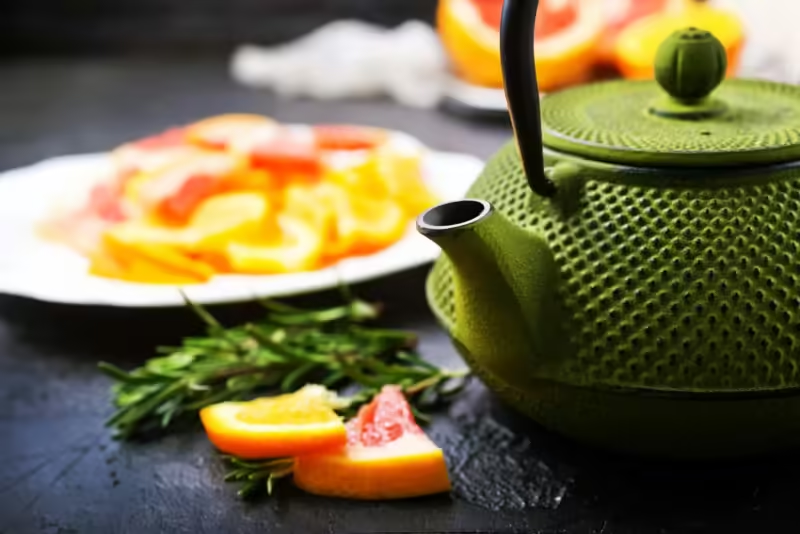
The Ultimate Guide to Teapots
Teapots are an essential part of the tea brewing process, serving as both functional vessels and beautiful pieces of art. Whether you’re brewing a single cup or sharing a pot […]
 play_arrow
play_arrow
The Ultimate Guide to Tea Brewing Mr. Tea Talk
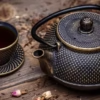 play_arrow
play_arrow
A Comprehensive Review of 3 Must-Have Tea Products on Amazon Mr. Tea Talk
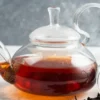 play_arrow
play_arrow
The Ultimate Guide to the Best Tea Essentials on Amazon: Kettles and Teapots You’ll Love Mr. Tea Talk
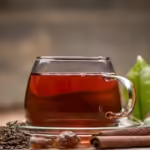 play_arrow
play_arrow
The Best Teapots for Tea Lovers: Silver vs. Borosilicate Glass Mr. Tea Talk

 play_arrow
play_arrow
The Comprehensive Guide to Tea Timers Mr. Tea Talk
A tea timer might seem like a simple tool, but it plays a crucial role in the art of brewing the perfect cup of tea. Steeping time is critical to achieving the right balance of flavor, aroma, and strength in your tea. In this comprehensive guide, we’ll explore everything you need to know about tea timers, including their types, features, how to use them, and tips for selecting the best one for your needs. Whether you’re a novice or a seasoned tea enthusiast, this guide will help you perfect your tea brewing process.
Brewing tea is both an art and a science. Different types of tea require specific steeping times to bring out their best flavors without becoming bitter or overly strong. A tea timer helps you:



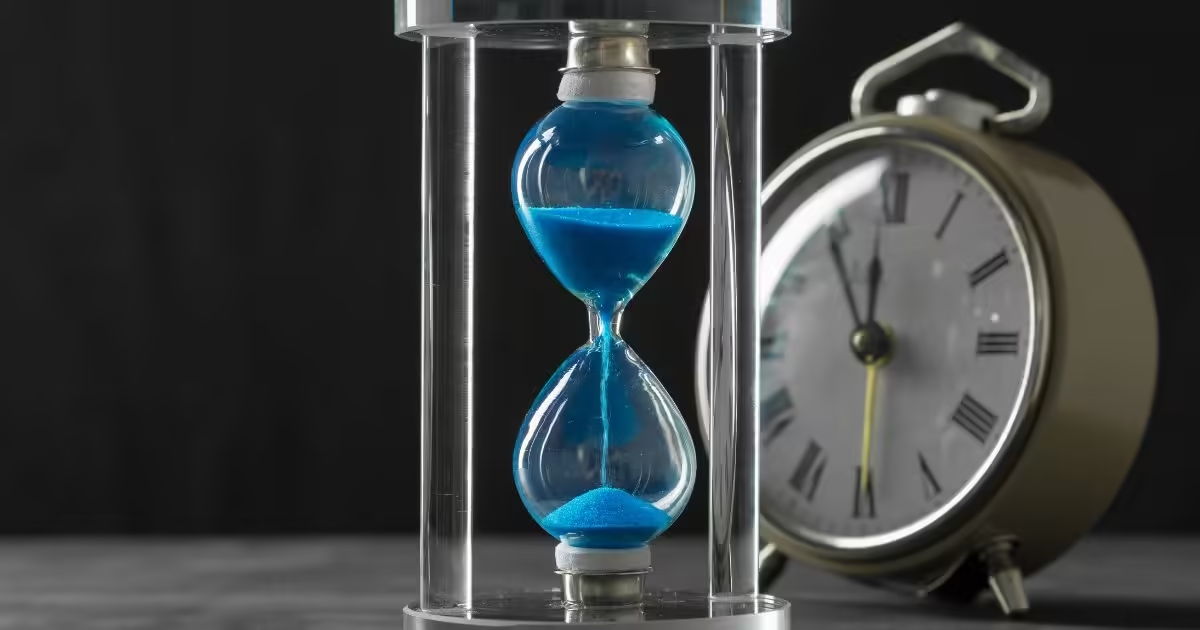
A tea timer is an indispensable tool for any tea enthusiast, ensuring that your tea is brewed to perfection every time. Whether you prefer the traditional charm of a sand timer, the precision of a digital timer, or the convenience of a smartphone app, there’s a tea timer out there to suit your needs. By understanding the different types, features, and uses of tea timers, you can make an informed choice and elevate your tea brewing experience. Happy brewing!
Tagged as: Comprehensive Guide to Tea Timers, Tea Timers, Tea timer.

Teapots are an essential part of the tea brewing process, serving as both functional vessels and beautiful pieces of art. Whether you’re brewing a single cup or sharing a pot […]


Copyright | Ceylon Wild Tea - All Rights Reserved | 2025
Post comments
This post currently has no comments.